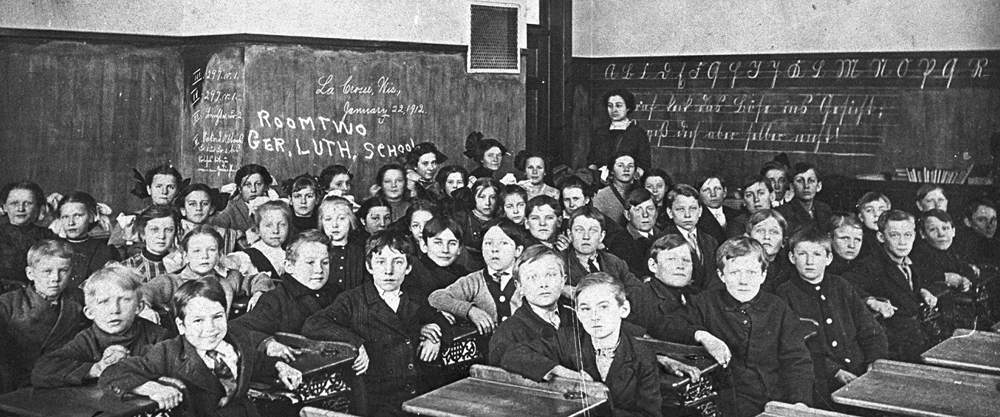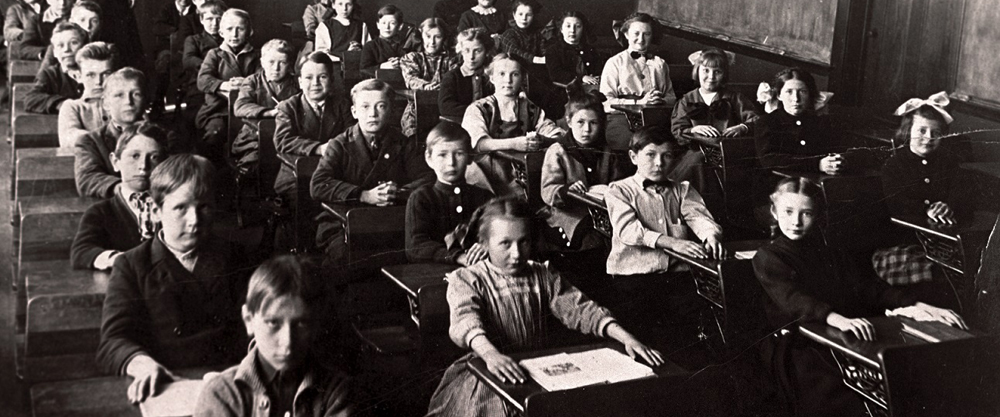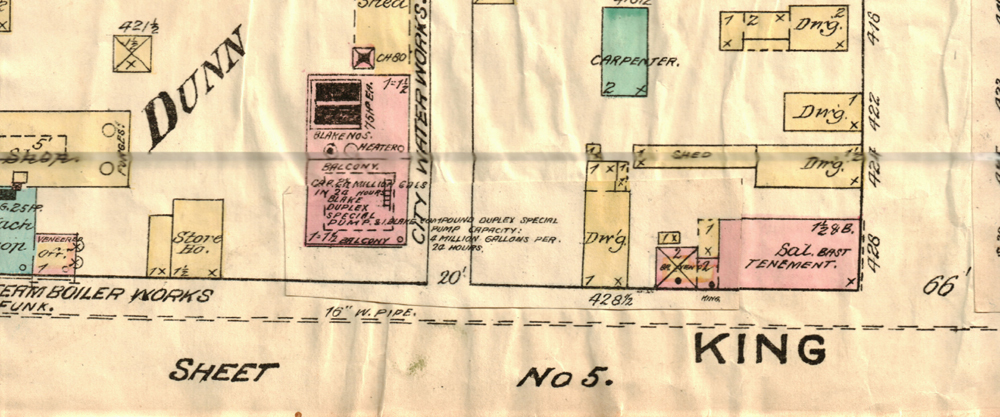LA CROSSE HISTORY
unbound
THE LA CROSSE AREA'S HISTORY, DIGITIZED
Primary or Secondary Source?

Unbound Collections
- Browse All Titles
- Formats
- General Histories
- Area Genealogy
- Accidents & Disasters
- Agriculture
- Archaeology
- Architecture
- Arts & Music
- Businesses & Industries
- Cemeteries
- Economy
- Education & Schools
- Events & Festivals
- Government
- Health & Healthcare
- Historic Sites
- Literature
- Military & War
- Natural Environment
- Neighborhoods
- Organizations
- Parks
- Peoples & Cultures
- Politics
- Press & News Media
- Religious Groups
- Sports & Recreation
- Transportation
Primary vs. Secondary Sources
One confusing thing about archival materials is that sometimes an item from the archives could be a primary source, and sometimes it could be a secondary source. Other times, a source can be both primary and secondary!
Primary Sources
Primary sources contain information about the event, time, person, or group that you are studying. They are sources of information that were created as a record of that event, time period, person, or group during the time it existed or occurred. Primary sources often contain first-account evidence and are used by researchers to prove their theses.
Examples
Photographs, newspaper articles, diaries, manuscript collections, artifacts, oral history interviews, reports, documentaries, books, letters, financial records, paintings, scrapbooks, census data, maps, etc.
Secondary Sources
Secondary sources are created through the use of primary sources. This means they are created by someone trying to develop an argument or story about an event, time period, person, group, etc. after the time period or event has occurred.
Your NHD project is a secondary source because it is the product of your primary research and is created by you, a researcher.
Examples
Reports, newspaper articles, magazine articles, journal articles, nonfiction and scholarly books, documentaries, encyclopedias, textbooks, book reviews, etc.
A Source Can Be Primary and Secondary!
Sometimes a secondary source is also a primary source. Some secondary sources, like newspaper articles or reports, have first-hand quotes or interviews with witnesses that no other source recorded. Other times these secondary sources will contain compiled data, which can be used as a primary source. This is kind of complicated. Read through the examples below to get you thinking about how a source can be both primary and secondary.
Examples
1) After Hmoob and Cuban refugees settled in La Crosse in the early 1980s, many were subjected to hate crimes as well as blatant and passive racism from white residents of La Crosse. In response, a report was published in 1984 that used primary sources like interviews, newspaper articles, U.S. Census data, among others, to present a history of racism in La Crosse. The authors of the report also conducted their own interviews and used data to present statistics of racism in La Crosse. This 1984 report is a secondary source. However, because it contains unique primary source material, some of this information could be cited as a primary source. If you have a source like this, ask your teacher for their opinion.
2) Documentaries present the history of an event, time, person, or group. The creators of the documentary conduct primary research to make their production, which makes it a secondary source. However, documentaries sometimes contain interviews with people who witnessed or personally experienced an event or time. These interviews exist nowhere else but in the documentary and are therefore primary sources. In this way, documentaries can be both primary and secondary sources.
3) Sometimes old history textbooks and nonfiction books can be used as primary sources, even though they were created to be secondary sources. This is because the practice of history and research methods for writing history books has changed in the last 150 years. Older history books sometimes use outdated and offensive words or ideas. Other times, they tell the author's biased opinion rather than fact. Because of this, these books could be used as primary sources for someone doing research on how language and ideas have changed in educational history books.
What sources are you using in your research?
Which ones are primary, and which ones are secondary? Are any both primary and secondary?
How do you know?





